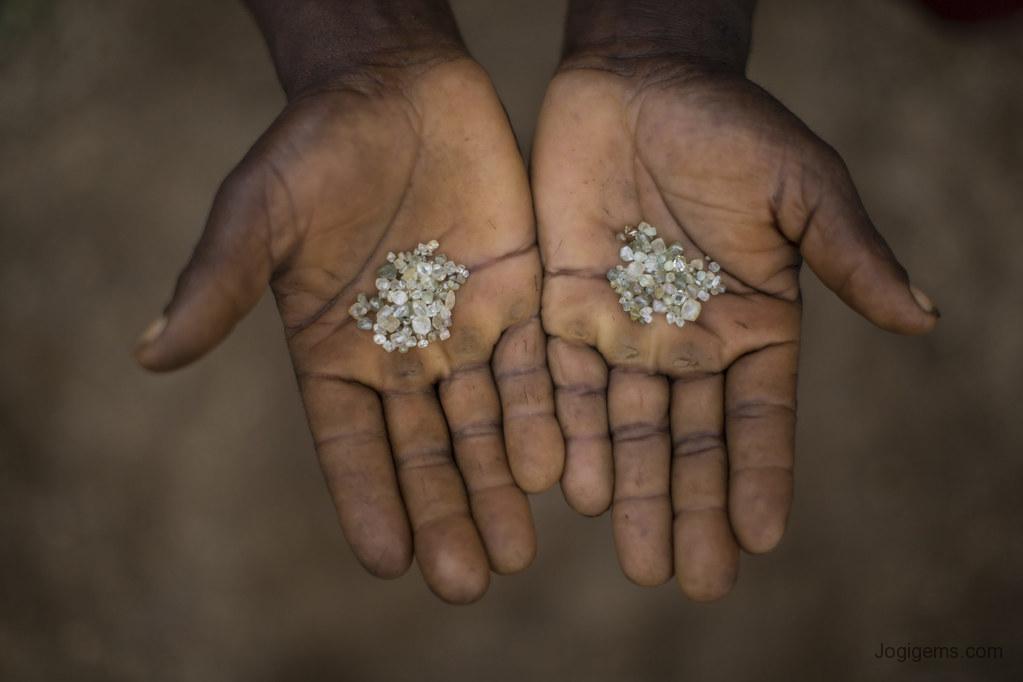
In a world where conscious consumerism is gaining momentum, the spotlight is now on ethical diamonds. As consumers become increasingly aware of the environmental and social impact of their purchases, the demand for ethically sourced and produced diamonds has surged. This article delves into the transformative journey of ethical diamonds, exploring their rise, significance, and the burgeoning movement that is reshaping the diamond industry.
Ethical diamonds, also known as conflict-free diamonds, are mined and produced with a commitment to social responsibility and environmental sustainability. Unlike traditional diamonds, which may be associated with unethical practices such as human rights abuses and environmental degradation, ethical diamonds adhere to stringent standards that prioritize transparency and ethical business practices.
The journey towards ethical diamonds began as a response to the notorious issue of “blood diamonds” or “conflict diamonds.” These diamonds were often sourced from regions plagued by armed conflicts, where the proceeds from diamond sales funded violence and human rights abuses. In contrast, ethical diamonds trace their roots back to mines that prioritize fair labor practices, community development, and environmental stewardship.
One key player in the ethical diamond movement is the Kimberley Process Certification Scheme, an international initiative established to prevent the trade of conflict diamonds. While the Kimberley Process has made strides in reducing the prevalence of conflict diamonds in the market, critics argue that its scope is limited, and it doesn’t address other ethical concerns within the diamond industry, such as child labor and unfair wages.
Enterprising innovators have sought to address these gaps by championing the cause of man-made diamonds. Also known as synthetic or lab-grown diamonds, these gems are created in controlled environments, eliminating the ethical concerns associated with traditional diamond mining. Man-made diamonds have been gaining popularity not only for their ethical appeal but also for their lower environmental impact and potential cost savings.
Man-made diamonds are produced using advanced technological processes that replicate the conditions under which natural diamonds are formed. These diamonds exhibit the same physical and chemical properties as their mined counterparts, making them indistinguishable to the naked eye. As technology continues to advance, the quality and affordability of man-made diamonds are expected to further improve, challenging the dominance of traditionally mined diamonds in the market.
The rise of ethical diamonds, including both conflict-free and man made diamonds, reflects a broader shift in consumer values. Modern consumers are increasingly seeking products that align with their ethical beliefs and environmental consciousness. As a result, jewelers and retailers are adapting to this demand by offering a wider range of ethical diamond options.
Choosing ethical diamonds is not just a trend; it’s a commitment to positive change. By opting for these diamonds, consumers play a vital role in promoting responsible practices within the diamond industry. The ethical diamond movement is not without its challenges, but it represents a significant step towards a more sustainable and socially responsible future for the jewelry sector.
In conclusion, ethical diamonds are not just about adornment; they signify a commitment to a more responsible and conscientious way of living. Whether sourced from conflict-free mines or created in laboratories, ethical diamonds are reshaping the jewelry landscape, offering consumers a meaningful choice that transcends mere aesthetics. As we embrace the era of ethical diamonds, we contribute to a brighter and more sustainable future for the diamond industry and our planet.


